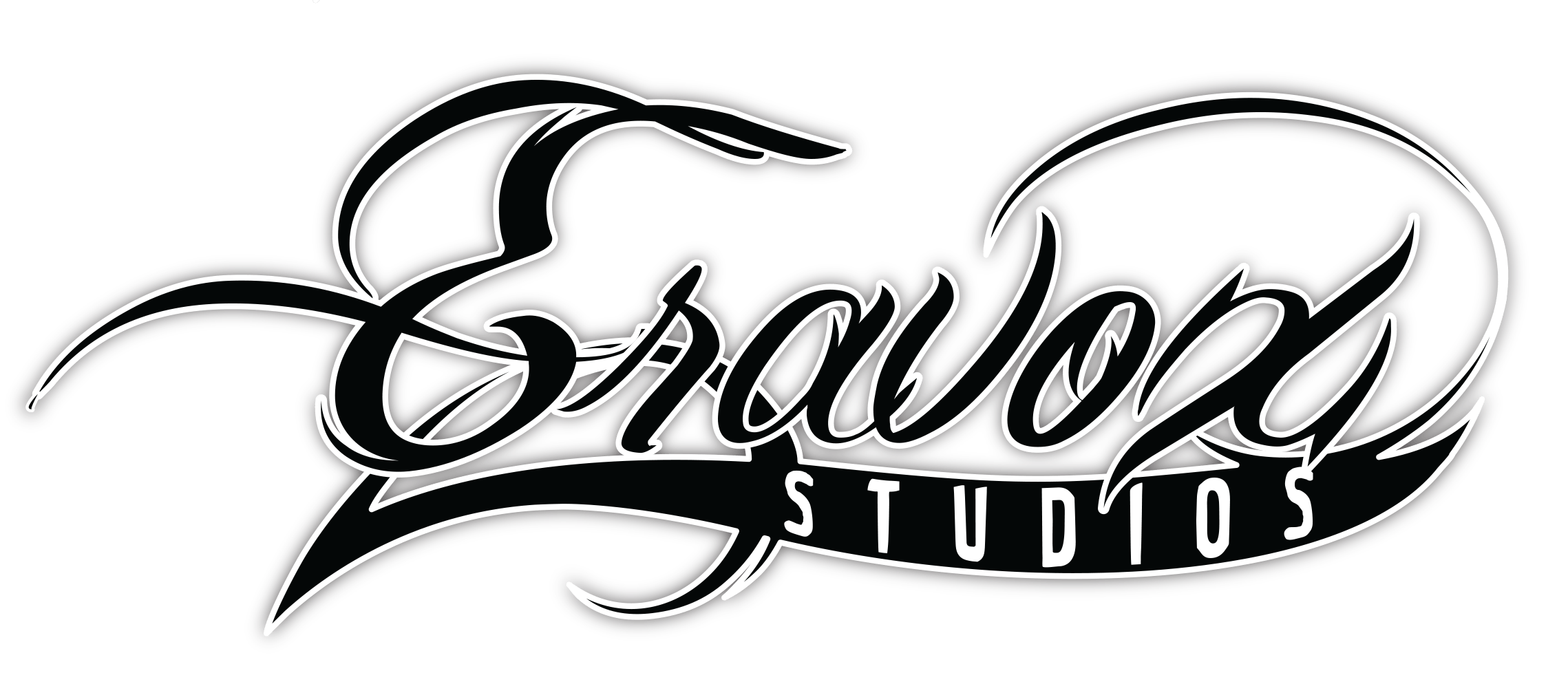In the world of audio recording, the microphone you choose can make a significant difference in the quality and clarity of your recordings. With so many options available on the market, selecting the right microphone for your specific recording needs can be a daunting task. To help you navigate through this process, we’ve put together a comprehensive guide on how to choose the perfect microphone for your recording needs.
- Understand the Different Types of Microphones
Microphones come in various types, each designed for specific applications. The three main types of microphones are dynamic, condenser, and ribbon. Dynamic microphones are rugged and versatile, making them ideal for live performances and recording loud sound sources. Condenser microphones are more sensitive and accurate, making them suitable for studio recording and capturing detailed vocals and instruments. Ribbon microphones offer a smooth and natural sound, making them ideal for capturing delicate acoustic instruments and vocals.
- Consider the Polar Pattern
Polar pattern refers to the directionality of a microphone’s sensitivity to sound. Common polar patterns include cardioid, omnidirectional, and figure-8. Cardioid microphones are most commonly used for studio recording and live sound reinforcement, as they focus on capturing sound from the front while rejecting noise from the sides and rear. Omnidirectional microphones capture sound from all directions and are suitable for ambient recording and capturing room acoustics. Figure-8 microphones capture sound from the front and rear while rejecting noise from the sides, making them ideal for stereo recording and capturing multiple sound sources.
- Evaluate Your Recording Environment
Consider the environment in which you’ll be recording. If you’re recording in a controlled studio environment, a sensitive condenser microphone may be the best choice for capturing detailed sound. However, if you’re recording in a noisy environment or outdoors, a dynamic microphone may be more suitable for rejecting unwanted background noise.
- Determine Your Budget
Microphones come in a wide range of prices, so it’s essential to determine your budget before making a purchase. While high-end microphones may offer superior sound quality, there are also many affordable options available that can deliver excellent results for home recording and amateur projects. Consider investing in a quality microphone that fits within your budget and offers the features and performance you need for your recording needs.
- Test Before You Buy
Before making a final decision, it’s essential to test out different microphones to see which one best suits your needs and preferences. Visit a music store or rental shop that allows you to try out different microphones and compare their sound quality and features. This hands-on approach will help you make an informed decision and ensure that you’re getting the right microphone for your recording needs.
In conclusion, choosing the right microphone is essential for capturing high-quality audio recordings that meet your specific needs and preferences. By understanding the different types of microphones, considering the polar pattern and recording environment, determining your budget, and testing before you buy, you can find the perfect microphone for your recording needs and take your audio productions to the next level.
